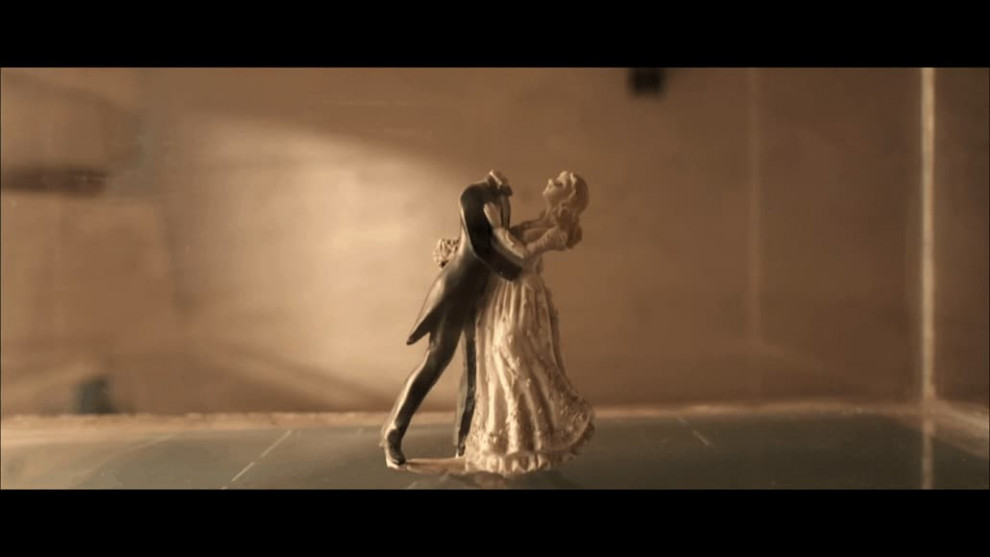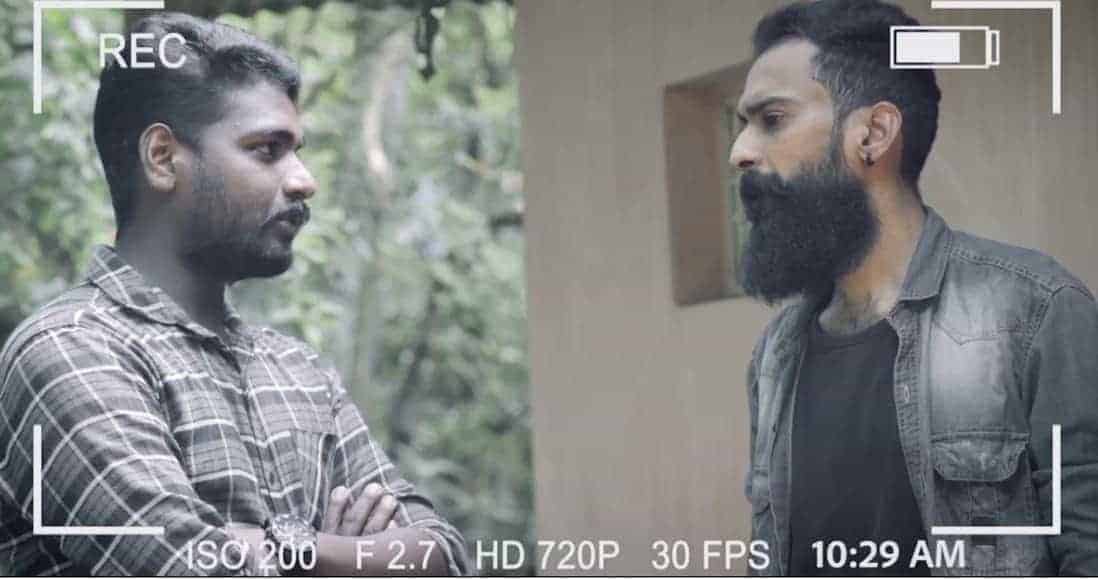At the end of a life or a relationship, the objects we own may tell us a very interesting, even touching story of who we are and who we have been. In the study of language, we learn that attaching meaning to a word is mostly arbitrary as it happens within a distinct group of speakers sharing a certain nationality. This process is also defined by other characteristics such as the environment as well as the political system; however, pointing at an item and calling it “chair” or “table” remains arbitrary and random, even though we would never question the process in our everyday lives.
Nevertheless, there is another layer of meaning involved, which has to do with the personal value attached to items. In her book “Important Artifacts and Personal Property from the Collection of Lenore Doolan and Harold Morris, Including Books, Street Fashion and Jewelry” Canadian author and artist Leanne Shapton explores the catalogue of items we gather within the course of a relationship, the meaning we attach to them and the disparity between actual worth and emotional value. Similarly, director Karan Talwar explores the meaning of items, how they may be able to shed some light into a person's life and the time shared with someone else.

During the roughly 15 minutes of running time, Talwar shows various images, most of them still of objects while we hear the story of a relationship, spoken and acted by Yuki Ellias and Neil Bhoopalam. While the choice of objects may strike you as arbitrary at first, this could not be further from the truth as these objects carry much more than just a “mere” symbolic meaning to the situation. The image of a dried up plant serves as a reminder of the couple starting to live together, but the dusty-brown colors of it gives away the present state, exposes the memory for what it is.
In general, Talwar lets the images, the objects speak for themselves. Much like the couple, who has given each object a certain value, the viewer also has to establish a connection, has to define value and meaning of the objects. Whereas some images may be quite obvious, others seem to rather ambiguous, a notion supported by the sparse camera movement and Kaizad Ghenda's wonderfully poetic score.
“And sometimes, she loved me too” is an exploration of what stories objects may tell us about ourselves and our relationships. On the surface, a story about the deterioration of a relationship, Karan Talwar's film is more a contemplative essay about the meaning of things and how they define us.















